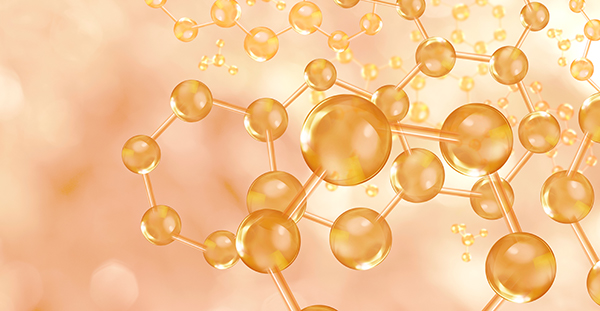
Orthobiologics play an important role in musculoskeletal care, but the lack of scientific evidence remains problematic, according to surgeons.
The call for more scientific evidence and better surgeon and patient education, especially around Human Cell and Tissue Products (HCT/P), was a topic of conversation at AAOS’ Annual Meeting in August and will be further explored during a program in October focused on orthobiologics in non-surgical treatment of knee osteoarthritis.
“To many of us, the concern is that it’s become the wild, wild west of healthcare delivery in musculoskeletal areas,” David S. Jevsevar, M.D., Chair of Orthopedics at Dartmouth-Hitchcock Health and Chair of the AAOS Committee on Devices, Biologics and Technology, has said about orthobiologics. “By that, we mean that there are a lot of interventions out there but the efficacy of some of these interventions is unknown.”
In 2019, AAOS announced a strategic investment in orthobiologics to create evidence-based, unbiased information, thought-leadership, position statements and educational content to help guide surgeons within the space. That has manifested into Annual Meeting symposiums and special programs, as well as a dashboard that was developed last fall.
The constantly maintained dashboard provides surgeons’ specific products’ regulatory status, acceptable uses and levels, and supporting scientific evidence. When using the dashboard, a surgeon selects the tissue type, graft type and how the product is processed. They then receive rationale of the most up-to-date cited guidance and green, yellow or red indicators to illustrate regulatory details. Green means on-label use for the indication. Red means the product does not meet regulatory requirements. And yellow, which Dr. Jevescar said there are many of in the dashboard, means that the use of the product could be controversial.
AAOS has consulted industry in developing and updating the dashboard. The conversation has led to about 960 biologic products being identified, Dr. Jevsevar said. In addition to the dashboard, the Committee on Devices, Biologics and Technology is creating technology overviews on certain products. The first reviews are expected to be published this fall.
The pandemic has hurt the pace at which the AAOS committee could press forward with its work, but it is now ready for a reboot and plans to find ways to collaborate with industry and FDA to combat disinformation about the use of stem cells and HCT/P products to heal musculoskeletal conditions.
When asked if he thought FDA and industry were doing enough, Dr. Jevsevar said that FDA took the right steps with its guidance and enforcement of HCT/P products that went into effect in May. He said that there are companies properly conducting studies and marketing products. But more needs to be done.
As AAOS rolls out its orthobiologics dashboard, programming and technology reviews, it’s clear that they’re not waiting for industry to heed the call to publish more scientific evidence about their products. Evidence or no evidence, they’re going to let their surgeon peers and the orthopedic patients know.
CL
Carolyn LaWell is ORTHOWORLD's Chief Content Officer. She joined ORTHOWORLD in 2012 to oversee its editorial and industry education. She previously served in editor roles at B2B magazines and newspapers.




